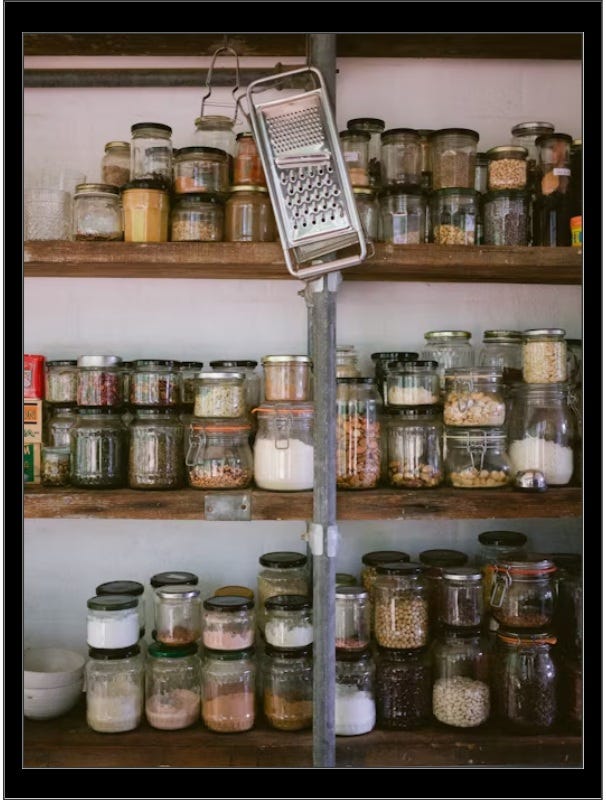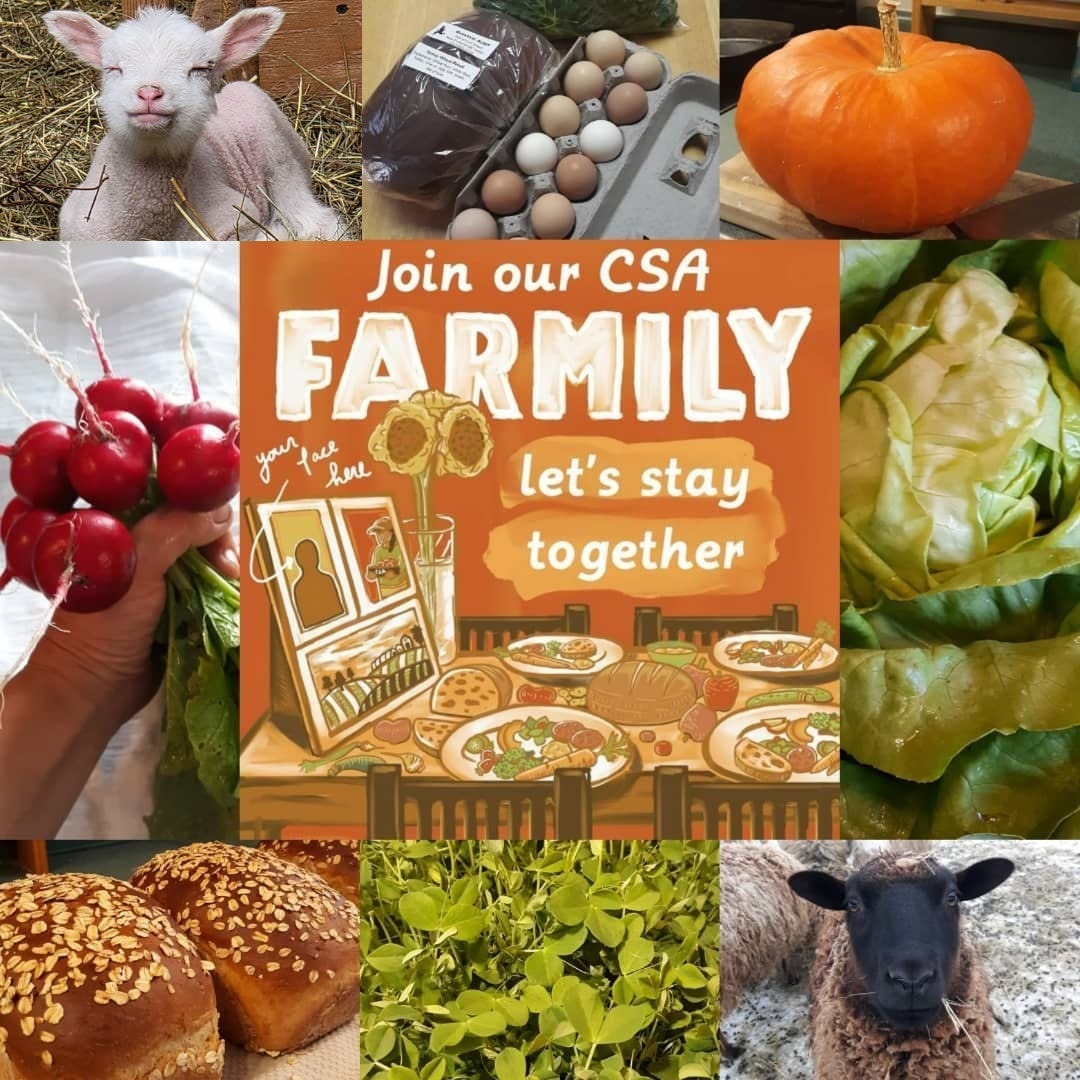Typically, when new farmers and homesteaders dream about their agricultural future, they envision bountiful gardens and thriving livestock. What they don’t picture? The moment they realize they have no idea how to properly store all that beautiful food they’ve worked so hard to produce.
That’s because growing food is only half the battle…
The Shocking Reality of Food Loss
The numbers are staggering. Globally, 30-40 percent of all food production never makes it to market due to inadequate post-harvest handling and storage.1 For new farmers operating without proper infrastructure, these losses can be even higher. We're talking about roughly half of everything you grow potentially going to waste during storage, processing, and distribution.
Think about that for a moment. You could have the most productive garden or farm in your county, but without proper storage knowledge and infrastructure, you might lose nearly half your harvest before it ever reaches your table—or your customers' tables.
What’s the Problem?
Infrastructure is expensive and complex: Unlike planting seeds or feeding animals, food storage requires upfront investment in specialized equipment. Proper cold storage, root cellars, or even basic grain storage systems can cost thousands of dollars—money that new farmers often don't have.
The knowledge gap is real: Agricultural education focuses heavily on production but often glosses over post-harvest handling. New farmers learn about soil health and crop rotation, but may never receive training on proper harvest timing, drying techniques, or moisture management.
Traditional methods aren't always adequate: That old barn or garden shed might seem like sufficient storage, but inadequate facilities expose harvested crops to pests, moisture, and temperature fluctuations.
Timing is tricky: Harvest too early and crops may lack flavor and have poor storage life. Wait too long and they become overripe with shortened shelf life. For new farmers juggling multiple crops and responsibilities, getting the timing right for each variety can be overwhelming.
The Food Storage Challenge
The food storage challenge has plagued Runamuk since the beginning.
Despite managing to acquire a small refrigerator and chest freezer, our capacity remains woefully inadequate for any meaningful food preservation. The office closet I'd optimistically designated for storing winter squash and onions proved too warm—crops that should have lasted months instead dried out or developed mold within weeks.
Multiple promising deals to secure used commercial refrigerators have fallen through, leaving me scrambling for alternatives and quite literally holding bags of produce with nowhere to properly store them.
The Pantry Project
With our farmstay days behind us, BraeTek and I have decided to repurpose the downstairs guest room as our dedicated food storage and processing center. This separate space, detached from the main house with its own propane monitor heater, offers a lot of what we've been lacking for preserving the harvest.
The room provides ample space to accommodate our 2 chest freezers, as well as the apartment-sized refrigerator that previously served our porch farmstand.
More importantly, it gives us a proper workspace for harvest processing—something we've desperately needed during peak season when vegetables pile up faster than we can handle them in the cramped main kitchen.
The independent heating system is perhaps the biggest advantage, allowing us to maintain cooler temperatures than the main house without the risk of freezing pipes. We can now create that sweet spot of 40°F that root crops crave for long-term storage.
Winter squash, which actually prefer temperatures around 50-55°F, I’ll store upstairs in my bedroom where the heat is minimal.
Check out this short video to see our new pantry set-up!
Looking Forward
We’re still lacking the refrigeration space—a commercial cooler or walk-in refrigeration unit would offer a lot of opportunity. However, we’re no longer on the same track that we once were, either—more focused on subsistence farming and building Runamuk up as a conservation center than filling my farmstand.
For new farmers facing similar struggles: start where you are, use what you have, and build your infrastructure piece by piece. The dream of agricultural abundance isn't just about what you can grow—it's about what you can keep.
Thanks for popping by to read this short-story!
Sending love and good juju to you and yours.
Your friendly neighborhood farmer,
Sam
Thank you for following along with the story of this lady-farmer! It is truly a privilege to live this life serving my family and community, and protecting wildlife through agricultural conservation. If you found this valuable, please consider Restacking so more people can see it!
Global Food Loss and Waste - via the World Bank




